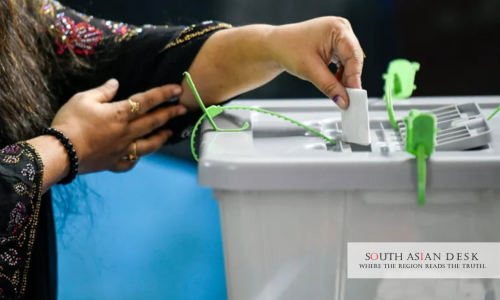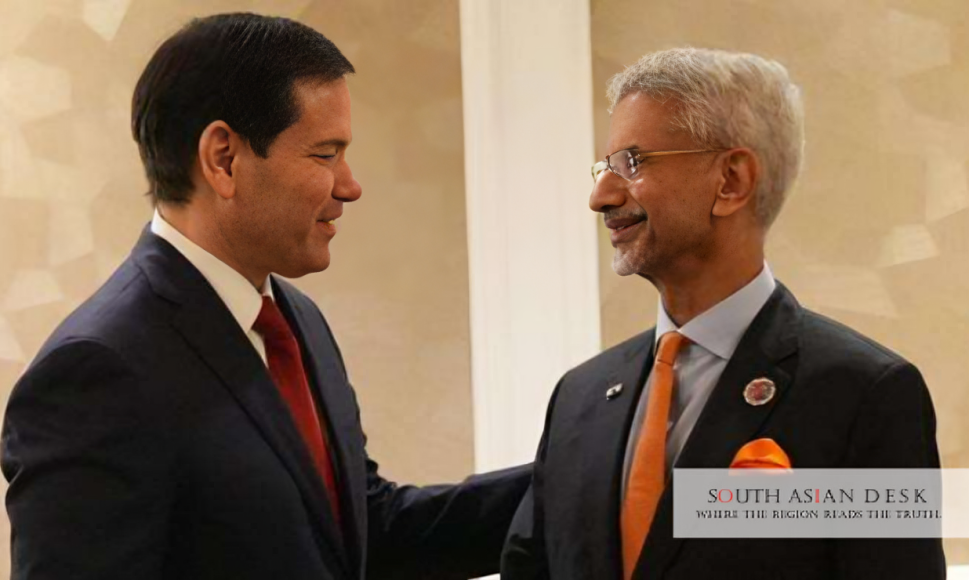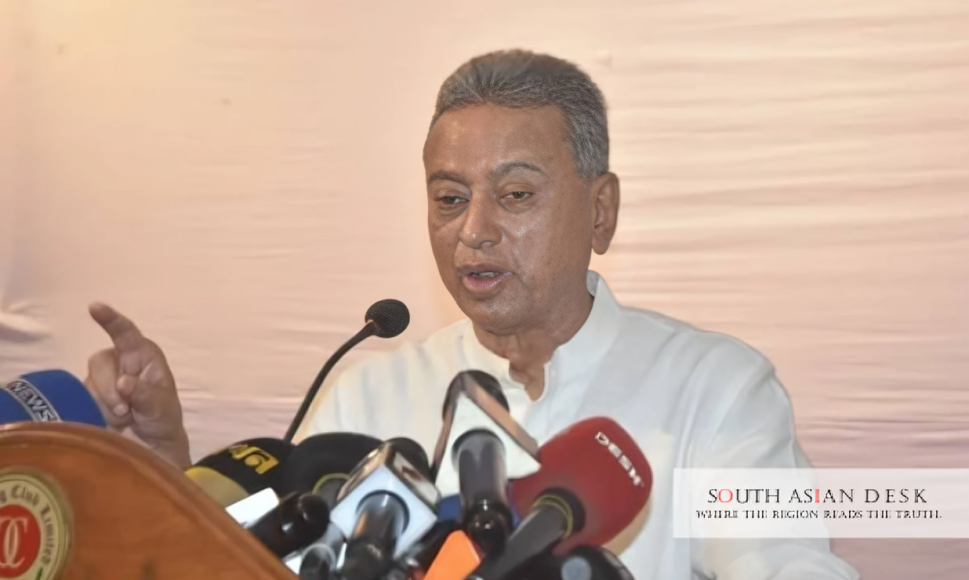Reliance Industries announced on Thursday it will comply with Western Russian oil sanctions, halting all imports immediately. The decision affects 1.5 million barrels monthly.
This move disrupts South Asia’s oil supply chain, where India relies on discounted Russian crude for 40% of needs. It raises fuel prices across the region, impacts refineries in Pakistan and Bangladesh, and tests New Delhi’s balancing act between energy security and global diplomacy.
Reliance Russian Crude Imports Halt Shakes Indian Refineries
Reliance Industries, India’s largest refiner, confirmed it will abide by US and EU sanctions on Russian oil. The company processes 1.2 million barrels per day at its Jamnagar facility. Russian crude formed 20% of its feedstock in 2024.
Srinivasan H, Reliance’s executive director, stated: “We will fully comply with all applicable sanctions.” This quote comes from the company’s official press release issued at 2:00 PM IST.
India imported 1.8 million barrels per day of Russian crude in September 2025, per government data. Reliance accounted for 35% of that volume.
Timeline of Reliance Russian Crude Imports Halt
- January 2025: Imports peak at 2 million barrels monthly.
- July 2025: US warns Indian firms on secondary sanctions.
- 24 October 2025: Reliance announces compliance.
- Immediate effect: No new cargoes accepted post-announcement.
The halt affects three ongoing shipments valued at USD 150 million.
India Reliance US Sanctions Response Draws Global Attention
India’s petroleum ministry echoed Reliance’s stance. “Government supports compliance with international obligations,” said ministry spokesperson Ravi Kumar in a 3:00 PM statement.
Economic Impact on South Asia
Fuel prices in India could rise 5-7% within weeks. Pakistan, importing 10% of its oil via Indian routes, faces PKR 50 billion annual cost hike. Bangladesh refineries report 15% supply shortfall.
| Country | Russian Oil Dependency (%) | Projected Price Hike (%) | Annual Cost (USD million) |
| India | 40 | 6 | 2,500 |
| Pakistan | 25 | 8 | 800 |
| Bangladesh | 18 | 10 | 450 |
| Sri Lanka | 12 | 4 | 200 |
Data sourced from India’s Petroleum Planning & Analysis Cell (PPAC) and Pakistan State Oil (PSO) reports.
Reliance Complies with Russian Oil Sanctions: Official Data
PPAC data shows Reliance imported 45 million tonnes of Russian crude in FY 2024-25. Post-halt, alternatives include US and Saudi supplies at 15% premium. US Treasury official Andrea Gacki tweeted at 1:45 PM IST: “Commend Reliance’s decision to align with sanctions regime.” (Verified official X account: @USTreasury.)
Background: Evolution of Sanctions Pressure
Russia’s invasion of Ukraine in 2022 led to G7 oil price cap at USD 60 per barrel. India initially bypassed via rupees. US secondary sanctions targeted non-compliant buyers from June 2025. Reliance received a US advisory on 15 September 2025. “Non-compliance risks fines up to USD 1 million per violation,” per US OFAC guidelines. In August 2025, Reliance diversified: 30% shift to Iraqi crude.
Stakeholder Reactions to India Reliance US Sanctions Response
Oil Minister Hardeep Singh Puri: “India prioritises stable supplies.” (Press conference, 4:00 PM IST.)
Russian embassy in New Delhi: “Regret the decision but respect compliance.” (Official statement, 3:30 PM.)
Analysts at Wood Mackenzie forecast: “Reliance Russian crude imports halt saves USD 200 million in penalties but adds USD 300 million in costs.”
What’s Next for Reliance Complies with Russian Oil Sanctions
Reliance plans to secure 1 million barrels daily from Middle East by November 2025. Negotiations with Saudi Aramco underway for long-term deals. India eyes strategic reserves release to buffer prices. South Asian nations convene emergency meet on Monday, 27 October 2025.
Government incentives: INR 10,000 crore subsidy for alternative imports. This compliance underscores Reliance’s pivot, stabilising US-India ties. Reliance complies with Russian oil sanctions positions it for USD 5 billion green energy investments by 2027.
Published in SouthAsianDesk, October 25th, 2025
Follow SouthAsianDesk on X, Instagram, and Facebook for insights on business and current affairs from across South Asia.






